Even in Roman times, and probably much earlier, the Viamala was considered a bottleneck to the Splügen and San Bernardino passes. The wild gorge of the Hinterrhein was never popular, but was nevertheless well-traveled. Today, the elements of water and stone come together in the Viamala gorge, creating a very special kind of natural experience.
background
Between Thusis and Andeer, the glacier ice and water have worn down the massive rock walls to a depth of up to three hundred metres. Despite its dangerous location, the route offered muleteers and travellers the best access over the Alps. Fontane, Nietzsche and other philosophers and writers were impressed by the power of the elements. The latter was quoted as saying: "I am not writing anything about the immense grandeur of the Viamala. It is as if I had never known Switzerland at all."
The gorge has been accessible via steps and a visitor center for over a hundred years. A tunnel blasted into the rock face leads directly to the visitor platform in the midst of the forces of nature.
Abyss
The deepest parts of the Viamala are called the Abyssum. It is where the damned live. A priest from the Lower Engadine once impregnated a young peasant girl. After the Holy Communion at Christmas, the devil visited the priest. On St. Stephen's Day, he went to the bridge over the Viamala with his pregnant concubine. He stabbed her with a knife and threw her into the Abyssum of the desolate ravine. The young woman, however, fought back violently. Remnants of the priest's hair were found in the snow, and her scarf was found in the rocks.
Access
From Thusis you drive towards Zillis. There are some parking spaces at the visitor center.




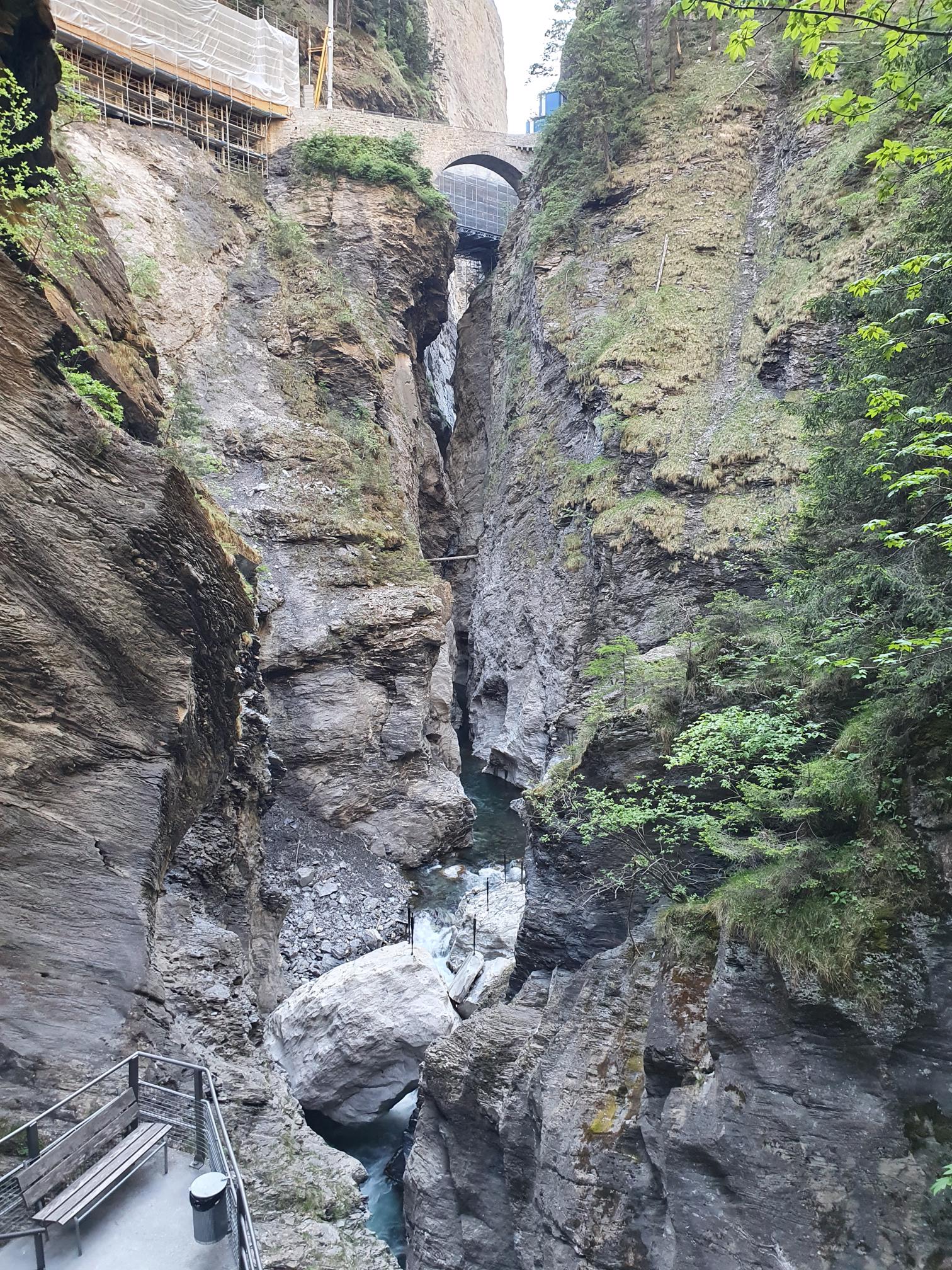
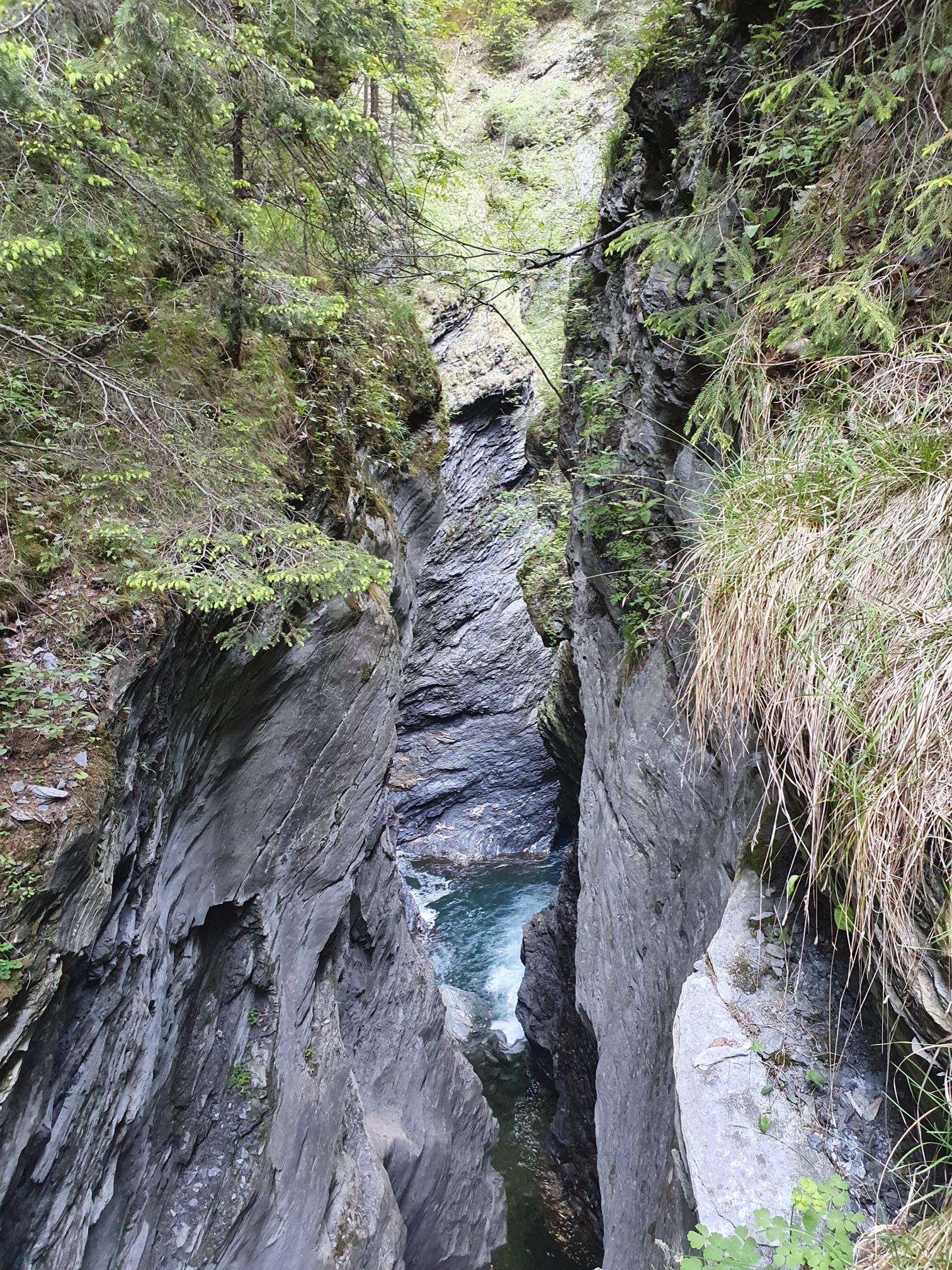
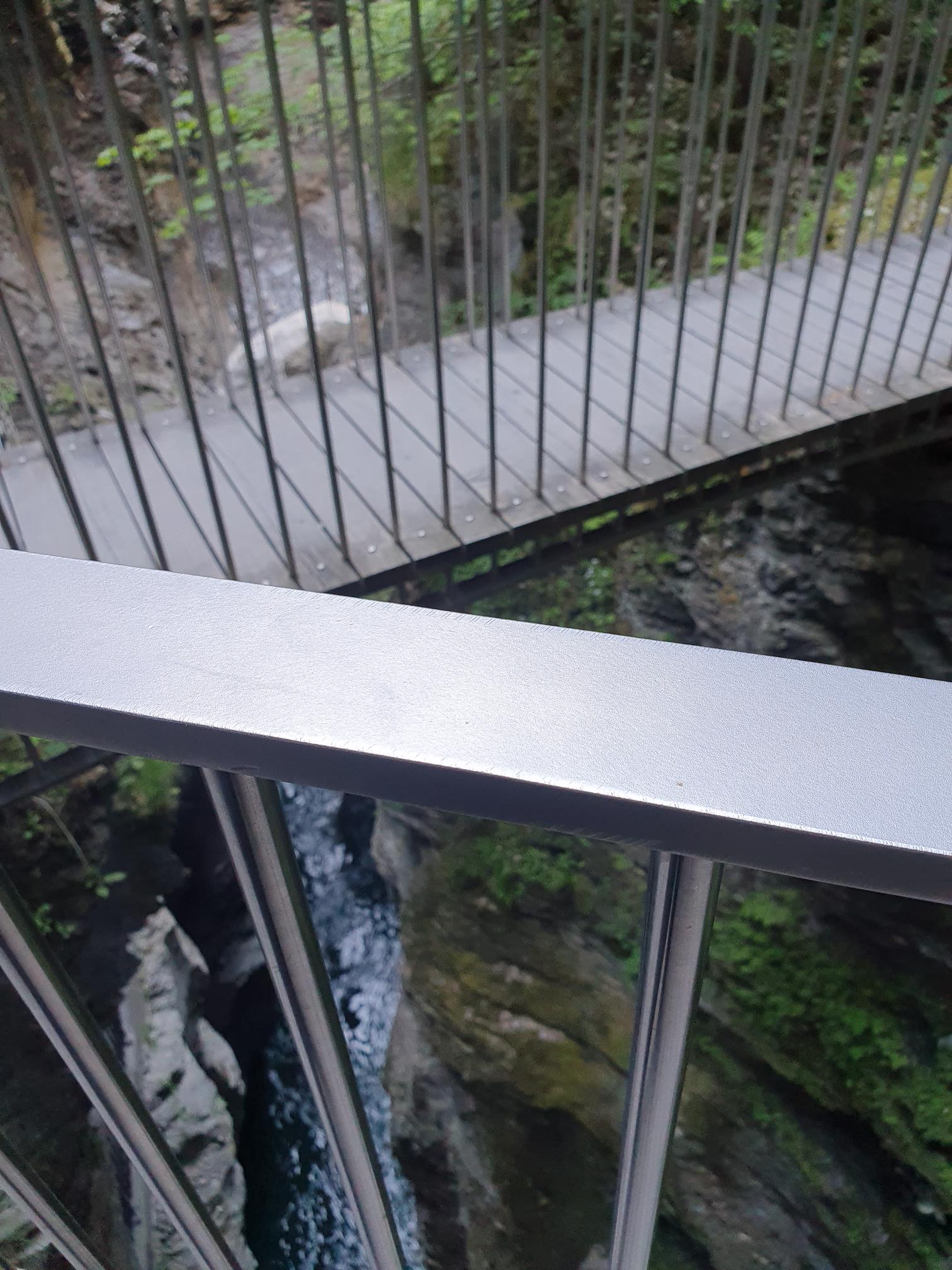

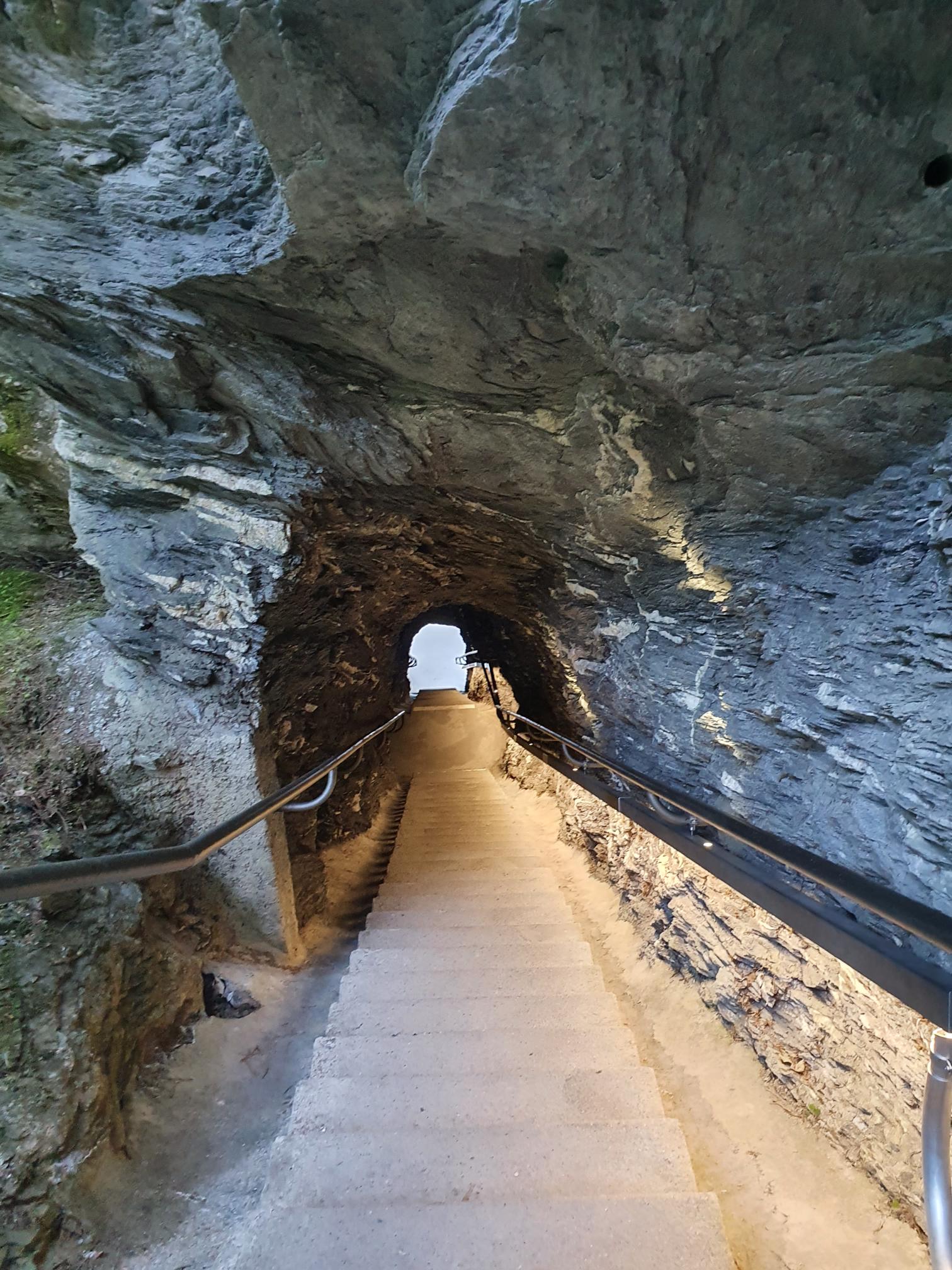
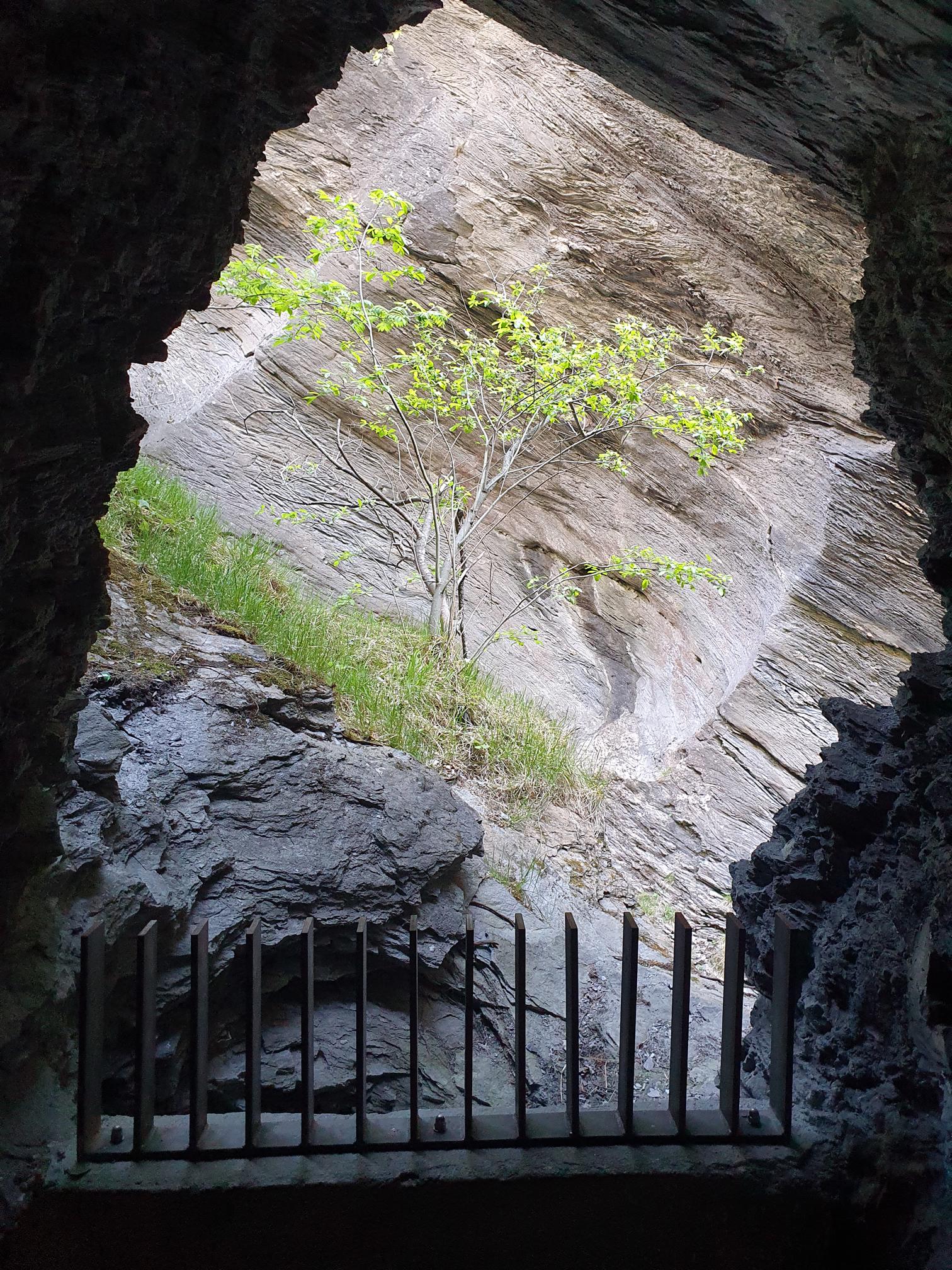
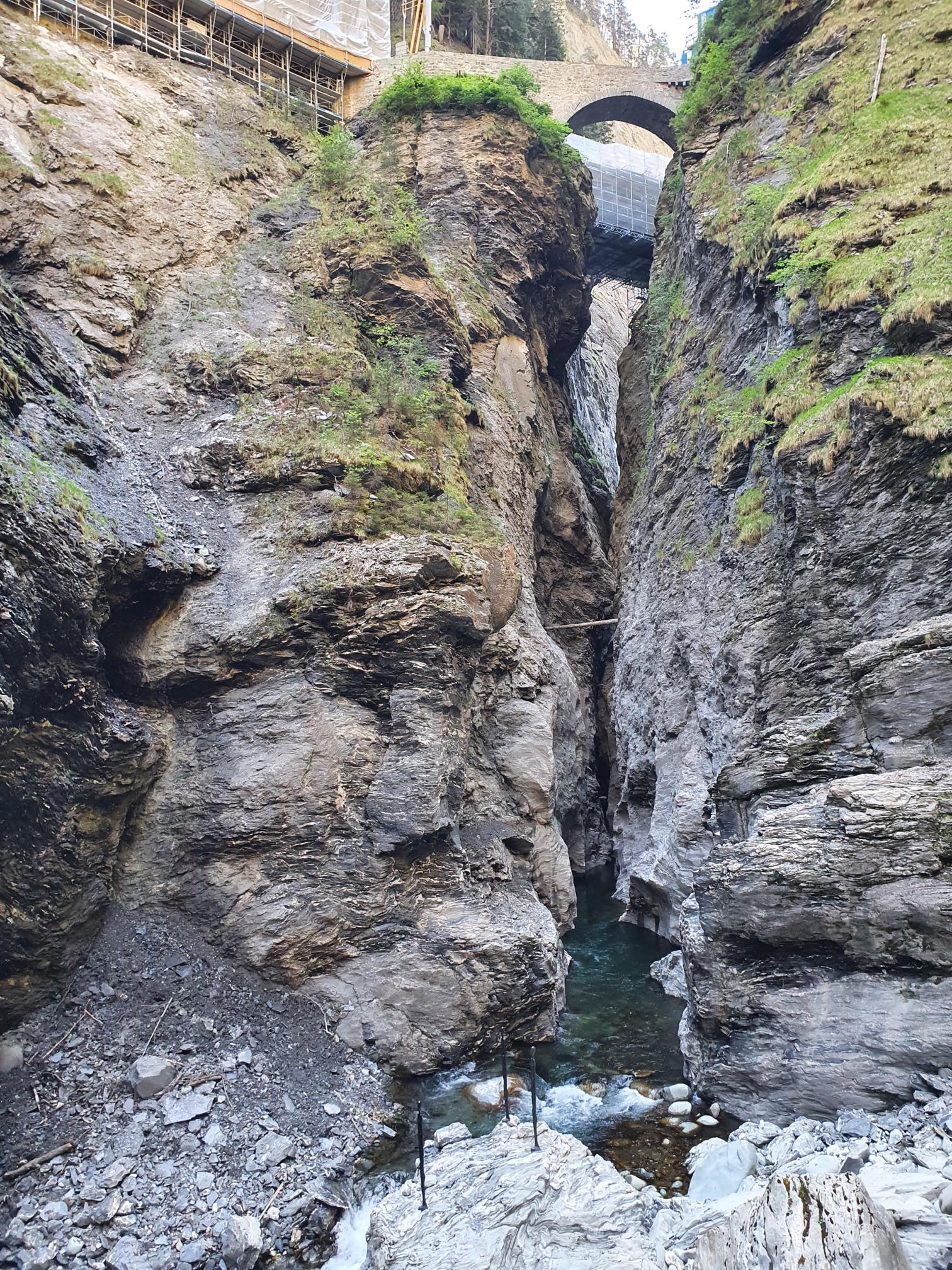
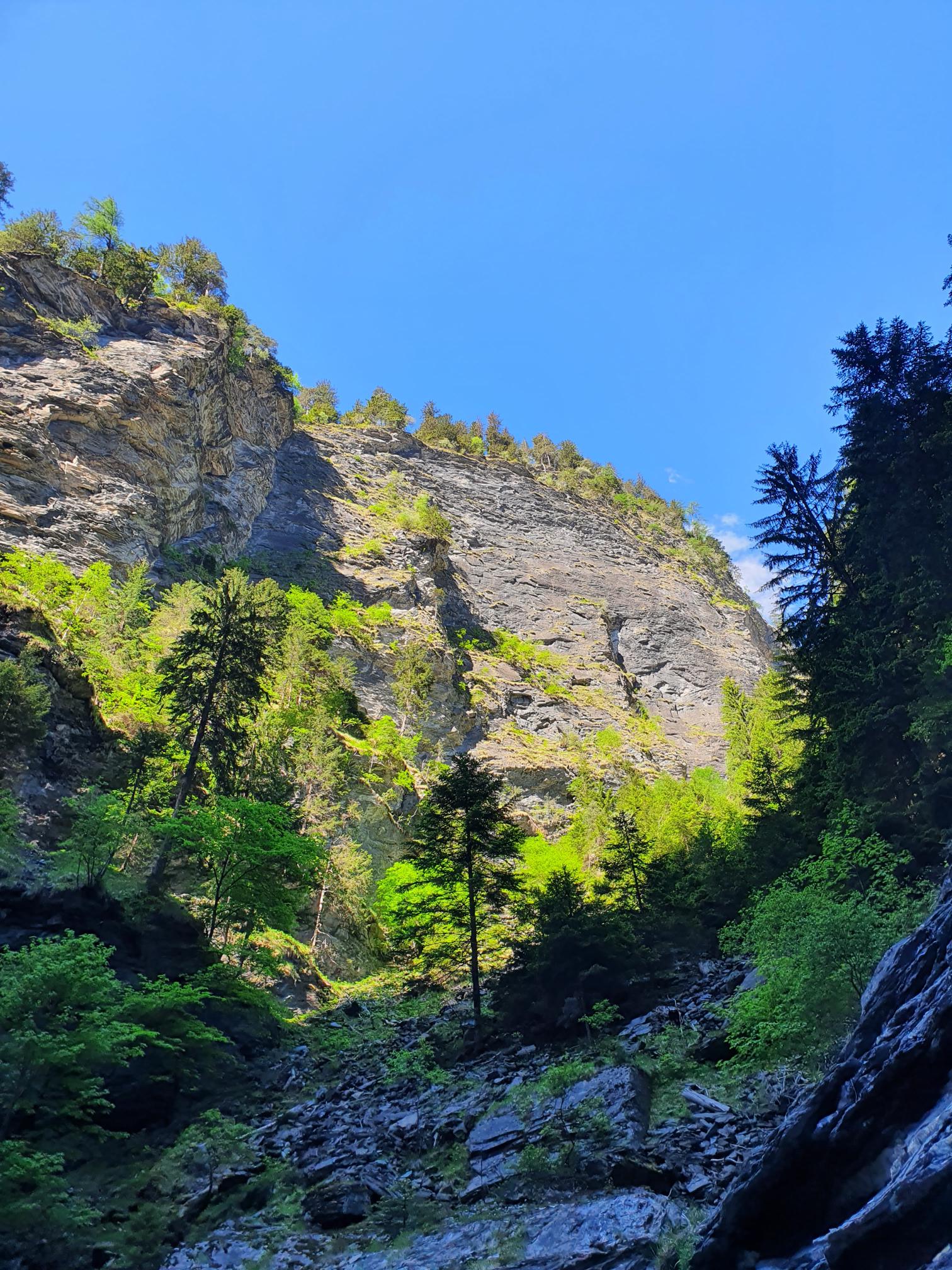



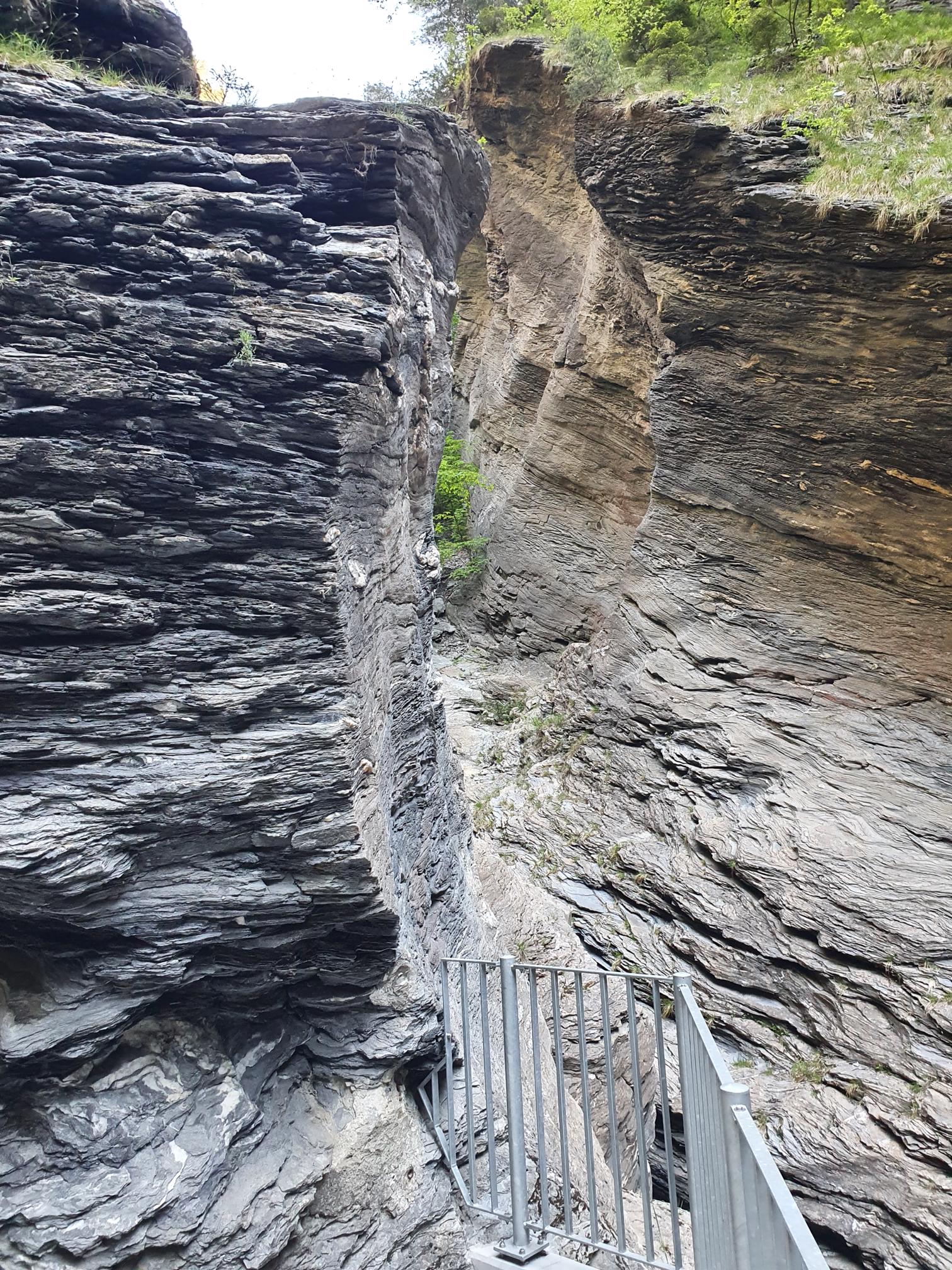
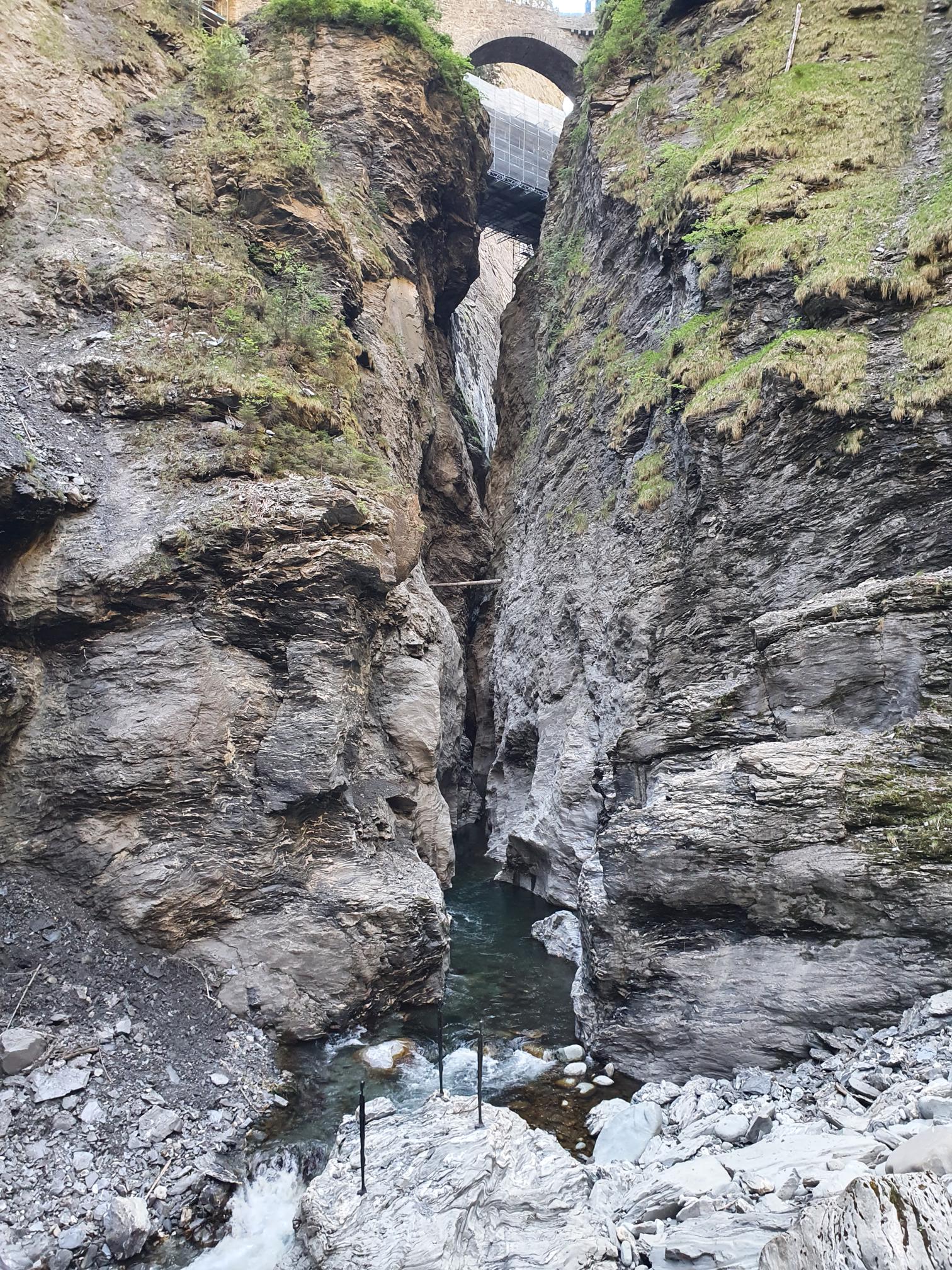
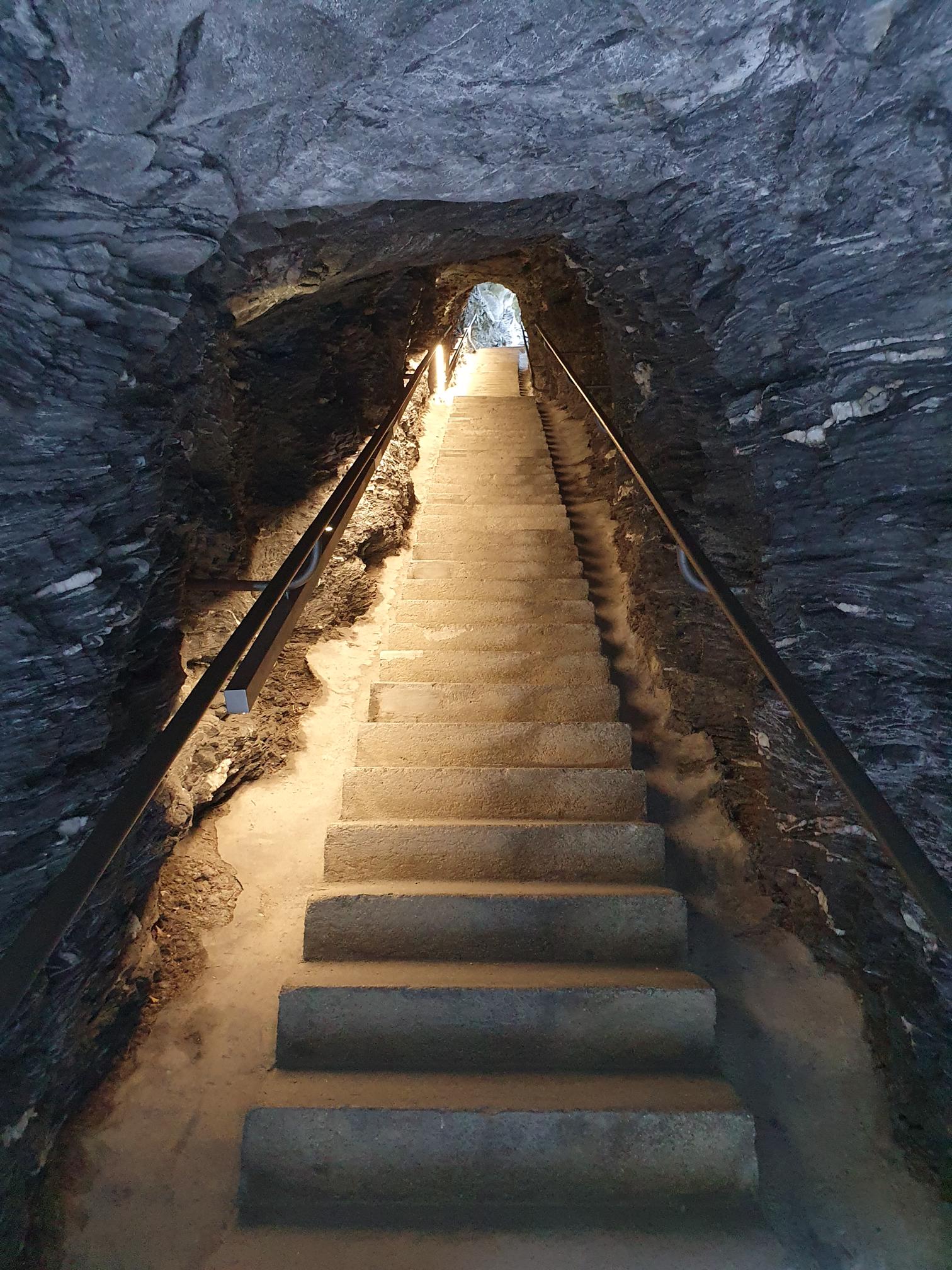

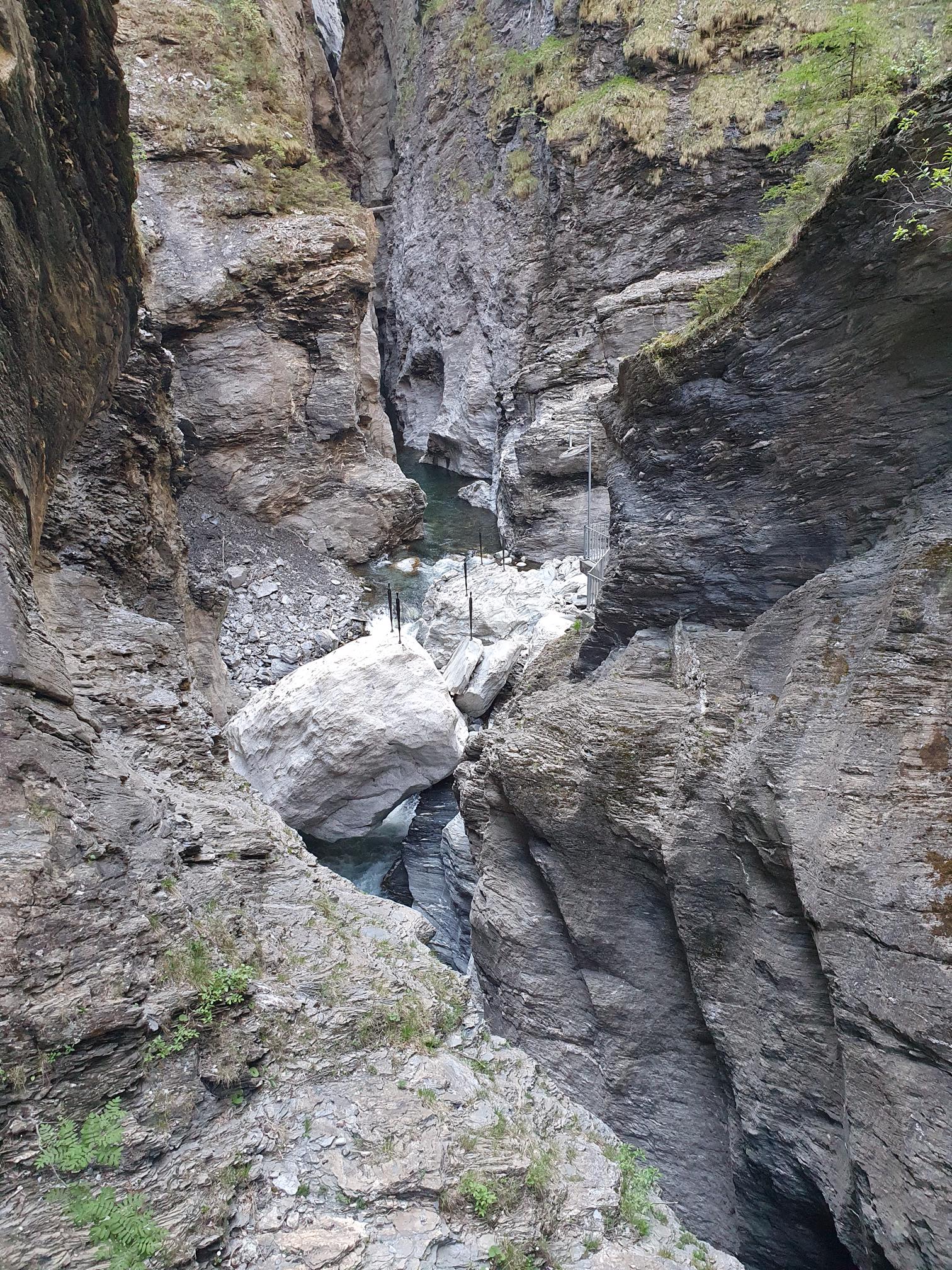
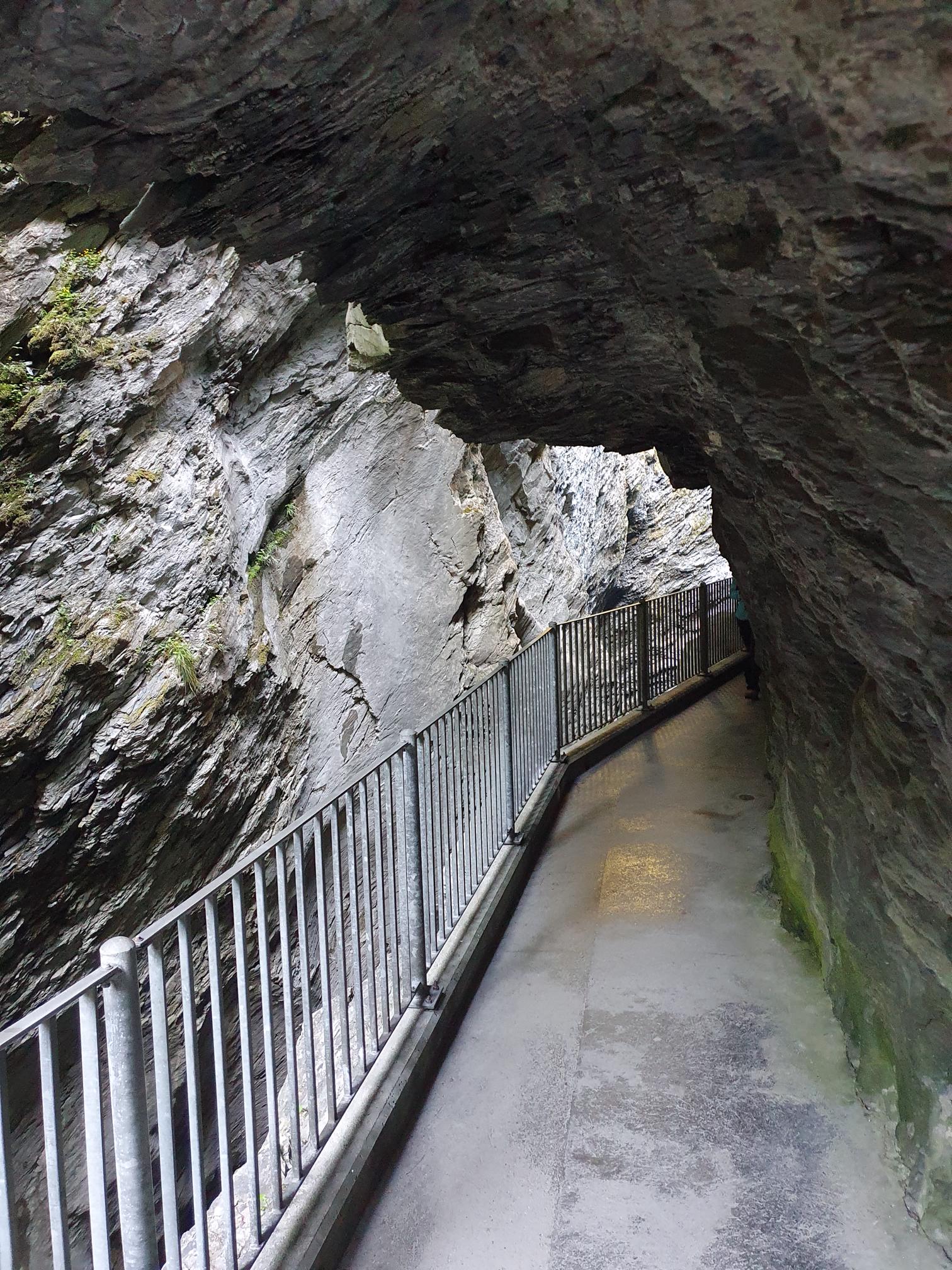

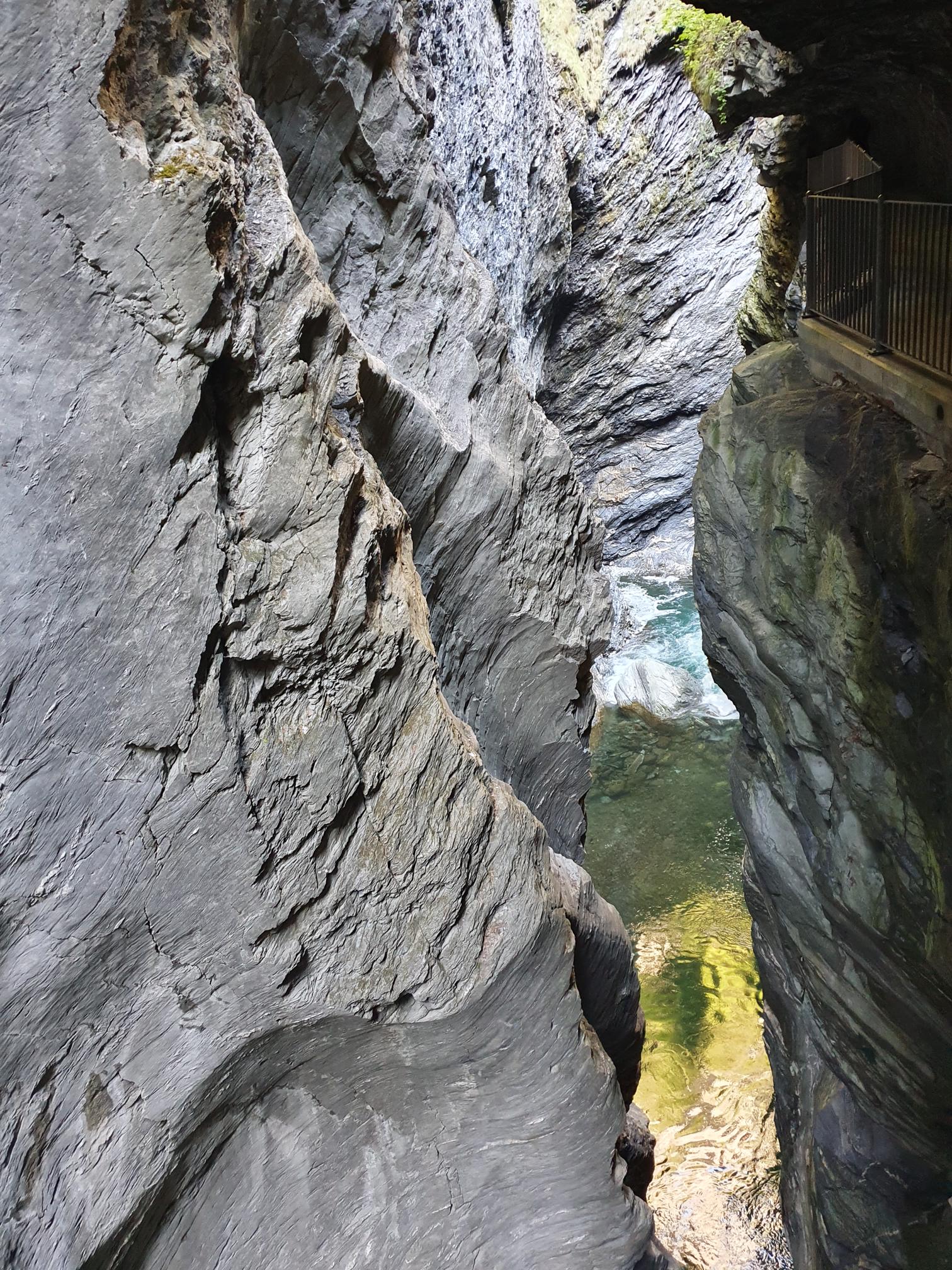
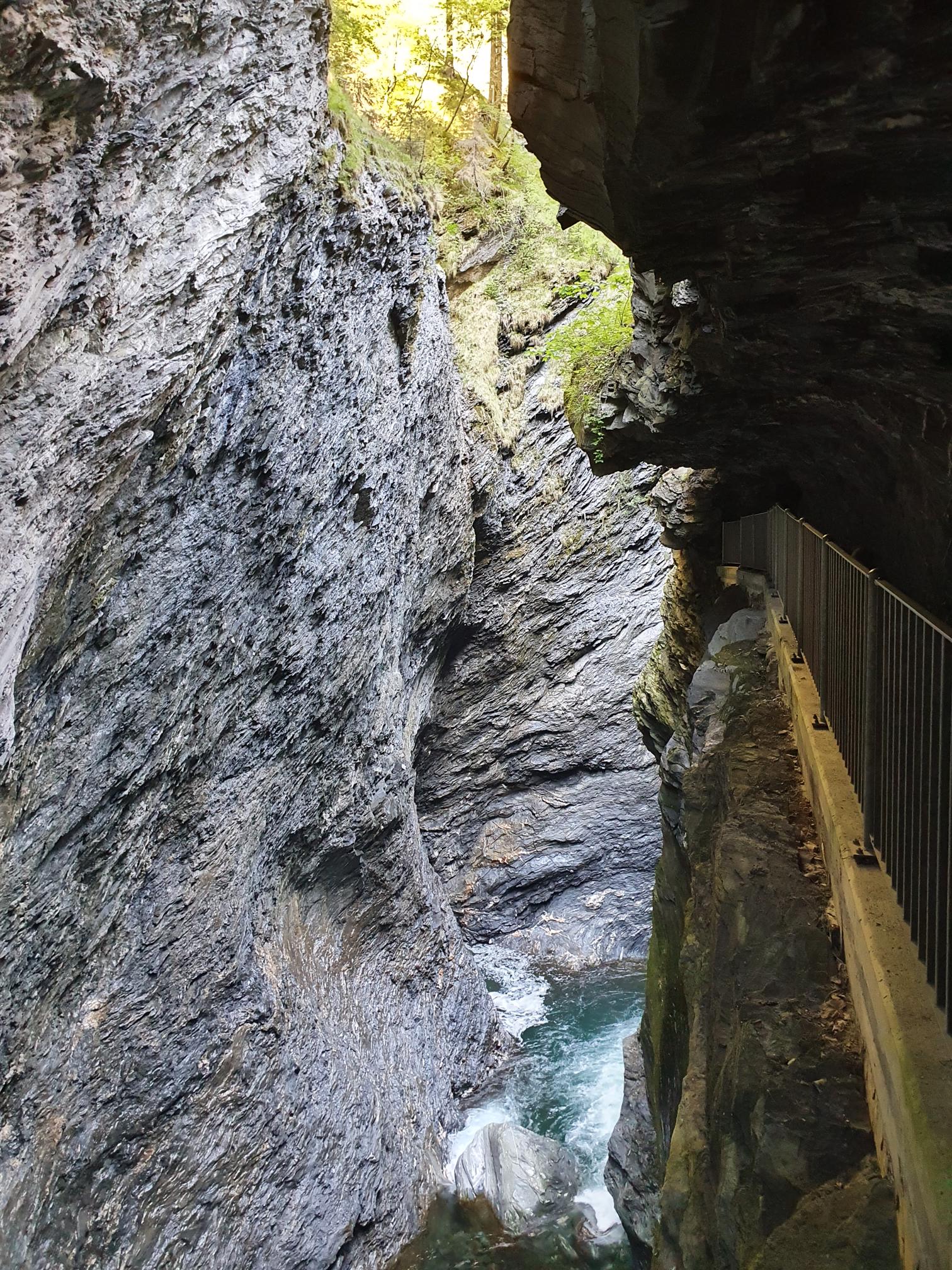
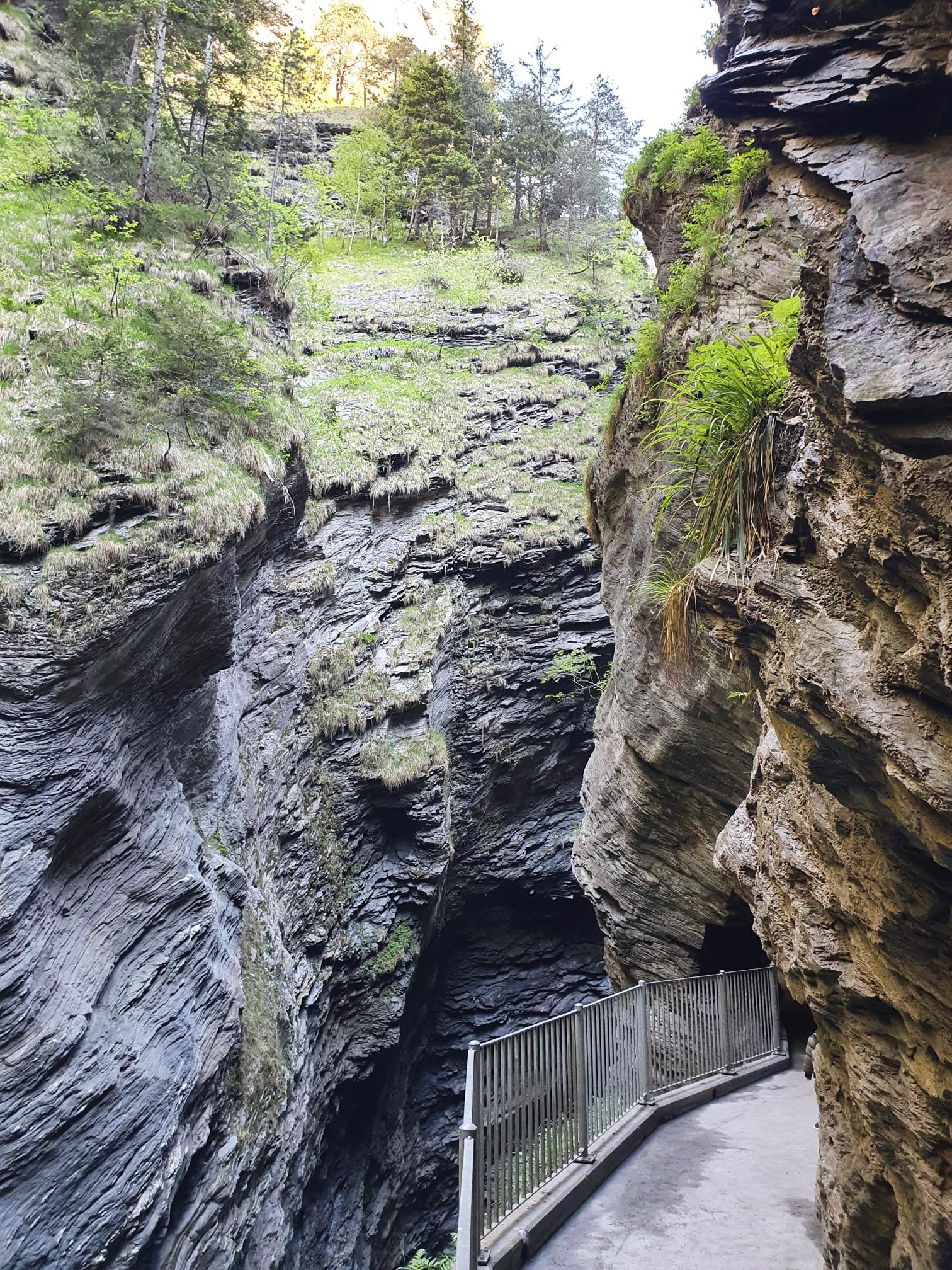
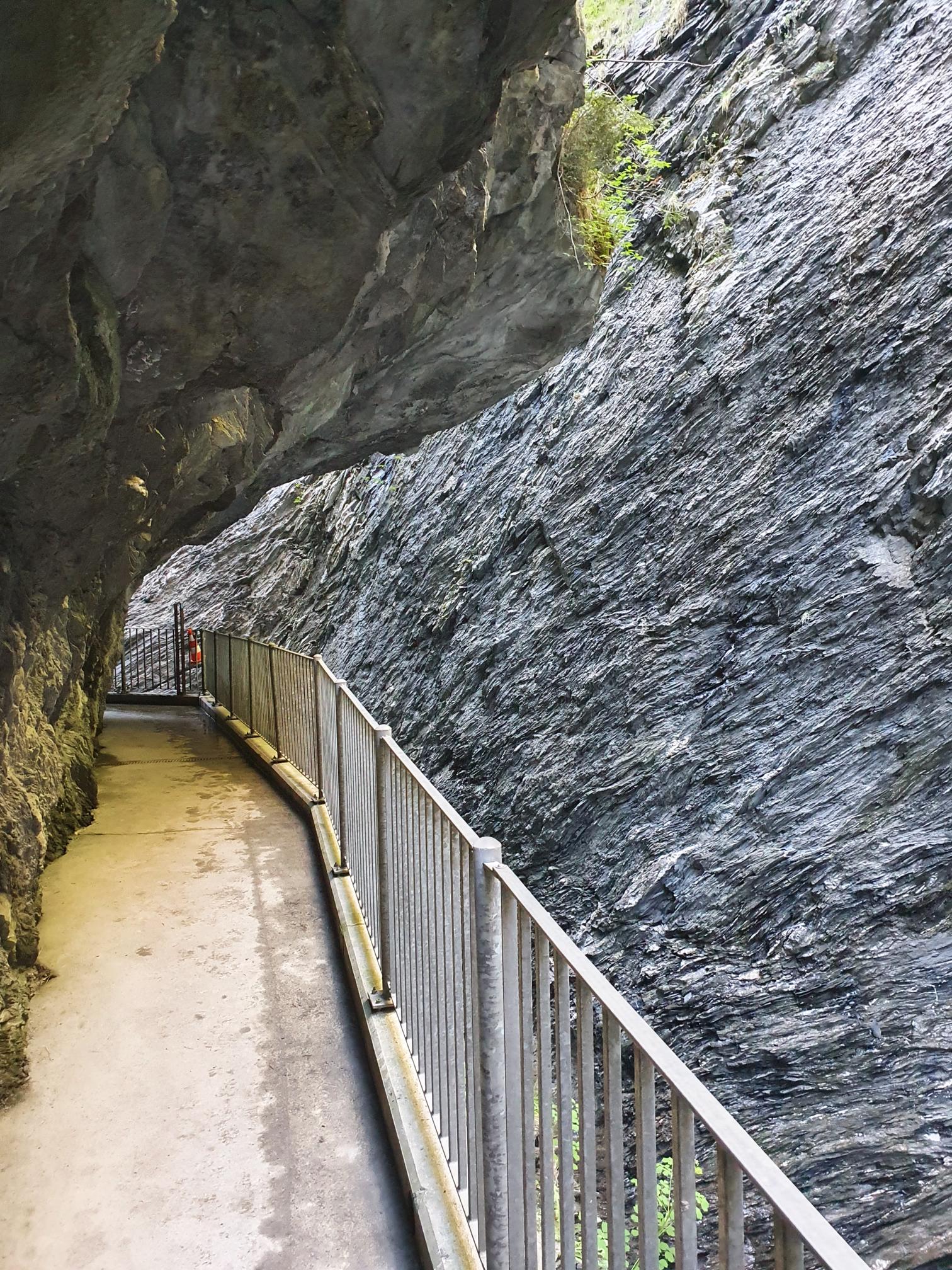
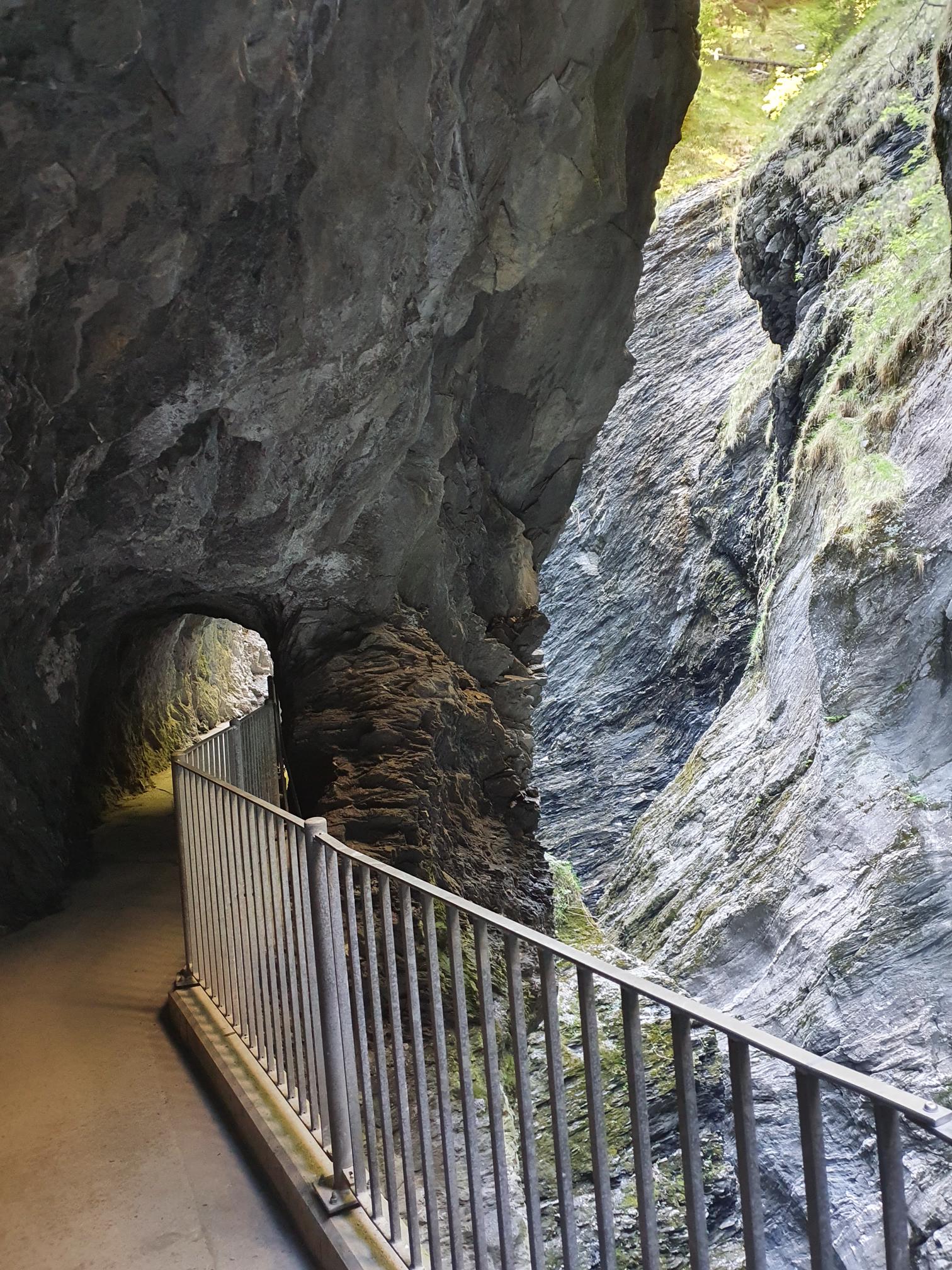






 43
43 




























